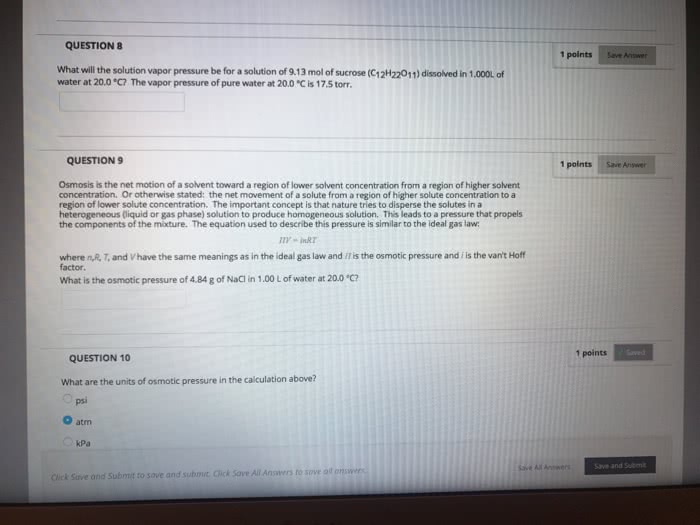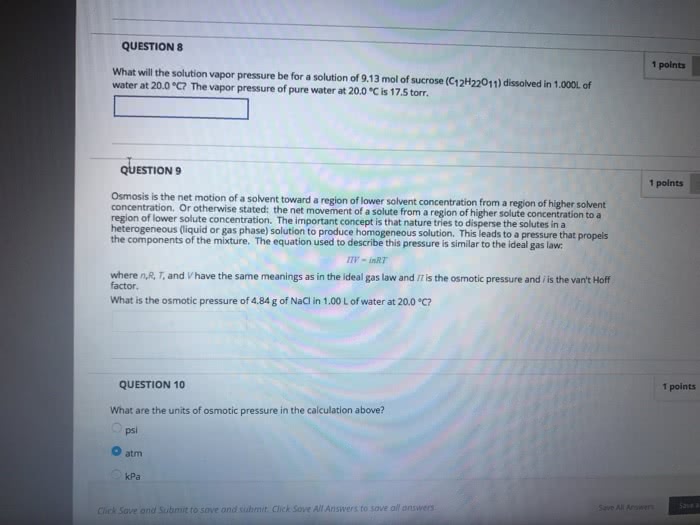CH111 Lecture Notes - Lecture 6: Pumice, Hydrophile, Micelle
Document Summary
Soluion: homogeneous mixture made up of a solvent and a solute. Solvent: soluion component in which one or more solutes is dissolved: usually the solvent is present in greater amounts than the solutes and determines the state of mater in which the soluion exists. Solute: the soluion component that is dissolved in the solvent: a soluion may have several solutes, with the solutes generally present in lesser amounts than the solvent. Soluions may be one of three phases: solid, liquid or gas. Alloys: a mixture of two or more metals; a solid soluion: amalgams: metal alloys containing mercury; most are in the liquid phase. Brass: network solids (diamond, graphite) cannot dissolve without breaking covalent bonds, molecular solids dissolve in soluions based on polarity, metals do not dissolve in water ( some will react but not dissolve) Ionic solids soluble in polar solvents such as water, with some excepions. Soluion may or may not form, depending on relaive disparity.




